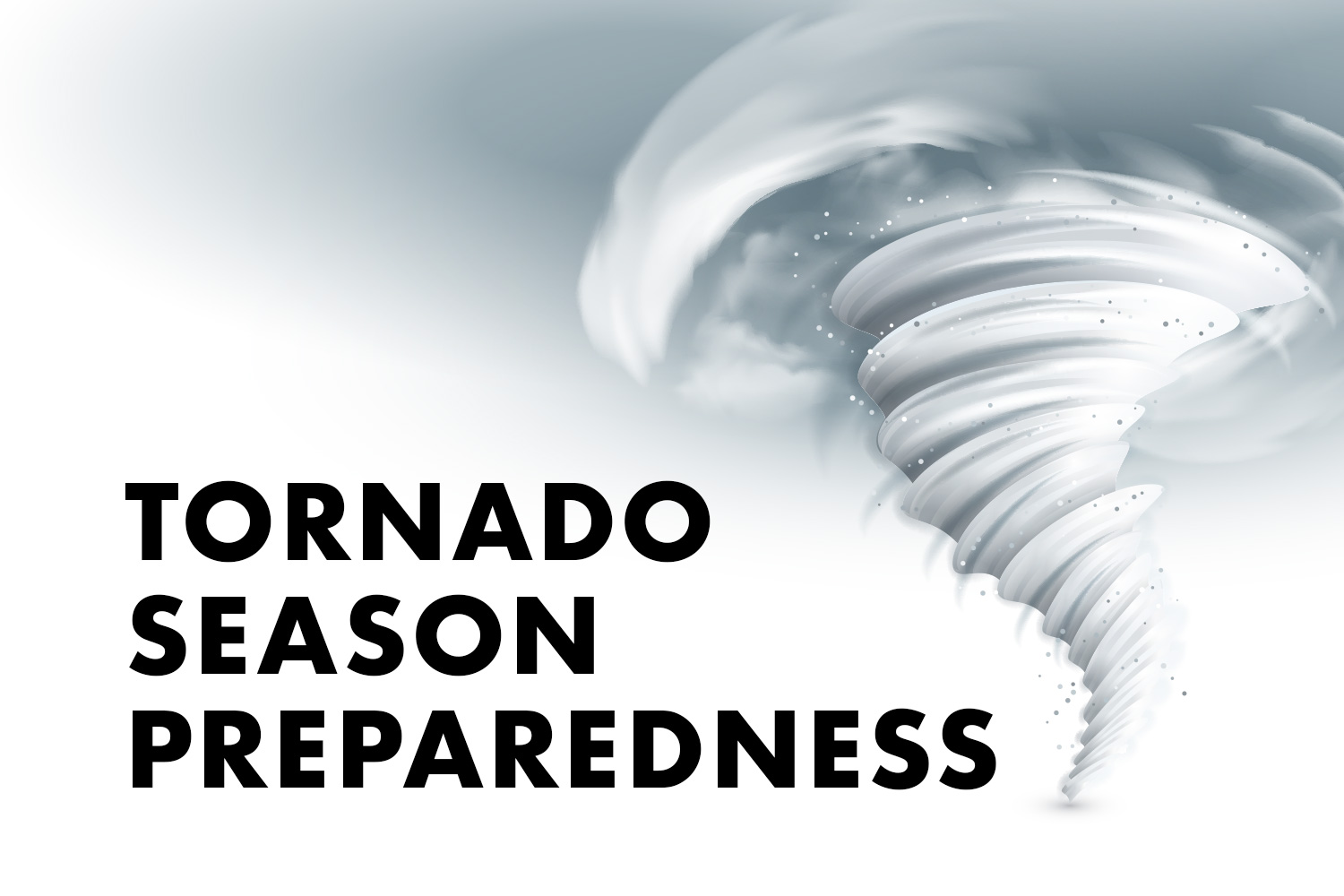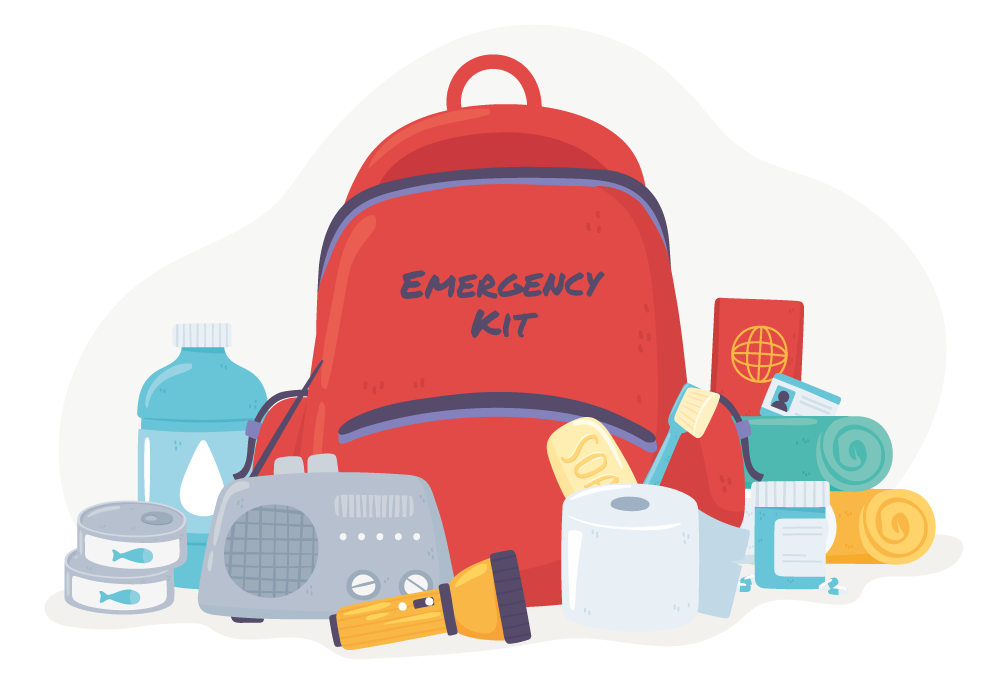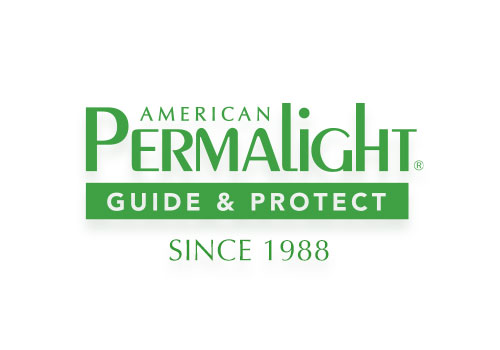
In the United States, tornado season peaks during June and July. This means that tornadoes are more common than usual at this time, and generally in the Great Plains and Midwestern states (a.k.a. “Tornado Alley”). However, tornadoes can and have formed in every one of the 50 states at all times of the year.

Tornadoes are another extreme weather event that can range from relatively harmless to extremely violent and destructive. The Enhanced Fujita Scale (or the EF-Scale, which replaces the previous Fujita Scale/F-Scale), which goes from EFU to EF5, is the scale on which a tornado’s strength is measured.

According to the CDC, some signs that a tornado may be approaching are as follows:
- A dark or green-colored sky
- A large, dark, low-lying cloud
- Large hail
- A loud roar that sounds like a freight train
Stay Safer During a Tornado
- If you are in a home or other building, your best bet is to go to the basement or inside a room without windows on the lowest floor.
- Avoid windowed rooms as much as possible.
- Get under something sturdy such as a heavy table. Cover your body with a blanket or mattress, and protect your head with anything available.
- If you are in a mobile home or car, try to find the nearest sturdy building to take shelter in. Avoid staying in the mobile home or car if possible.
- Do not try to outrun a tornado in a vehicle.
- Stay up to date on current weather conditions through NOAA Weather Radio.
Create Your Emergency Kit
Just like with other extreme weather conditions, if you are caught in a tornado, there is a possibility of a loss of access to transportation, food, and water supplies, and worse. Keep emergency supplies readily available in your basement – we highly recommend the emergency kit plan available on Ready.gov, which lists the following as essential for a basic emergency kit, as well as some extra suggestions from us:

- Water (one gallon per person, per day – one week’s supply is ideal)
- Food (at least a three-day supply of non-perishable food)
- Emergency radio – battery-powered or hand-crank and an NOAA Weather Radio
- Flashlight
- First aid kit
- Extra batteries that fit your radio, flashlight, or other battery-powered items you may have (example: hearing aids)
- Whistle (simple, low-tech way to signal for help)
- Dust mask (to help filter contaminated air)
- Plastic sheeting and duct tape
- Moist towelettes, baby wipes, garbage bags, and plastic ties (for personal sanitation)
- Wrench or pliers, or a multi-use tool
- Manual can opener
- Printed local maps
- Cell phone with chargers and a battery backup pack
- Masks, soap, hand sanitizer, and disinfecting wipes (for COVID-19 safety and disinfection)
- Prescription medications
- Non-prescription medications such as pain relievers, anti-diarrhea, and antacids
- Backup prescription eyeglasses and contact lens solution/case
- If there are small children and/or babies, infant formula, bottles, diapers, wipes, and rash cream
- For pet owners – pet food and extra water
- Cash or traveler’s checks
- Important documents such as copies of insurance policies, identification, and bank account records saved electronically or in a waterproof, portable container (a sealed zip-top plastic bag is great for this)
- Sleeping bag or warm blanket for each person
- Complete change of clothes appropriate for the climate and sturdy shoes, as well as extra pairs of socks and underwear
- Fire extinguisher
- Matches in a waterproof container
- Feminine supplies and personal hygiene items
- Mess kits, paper cups, plates, paper towels, and plastic utensils
- Paper and pencil
- Books, games, puzzles, or other activities for children
- Sunscreen, hat, and sunglasses
- Scissors and/or a pocket knife
- Portable gas can (unfilled)
While most emergencies won’t require such an extensive kit, if you do happen to live in an area with extreme tornado activity, you know having these supplies can be essential for survival.
Stay Safer, Be Prepared
Keep your safe room safer during an emergency like this with our home safety products that may help you find your way during a power failure, prevent bumps and injury, and marks paths for more visibility. See our selection here.

Stay safer during this tornado season and upcoming seasons by staying prepared. Feel free to share our tips with friends and family. We always recommend Ready.gov, CDC.gov, and Weather.gov for the most up-to-date extreme weather condition information.






